The History of One of the Best-Selling Cars in the World: Toyota Corolla
The Toyota Corolla is undoubtedly one of the most iconic vehicles in the global automotive industry.
Since its launch in 1966, it has consistently impressed buyers with its reliability, durability, and constant innovation.
Furthermore, the Corolla has shaped Toyota’s future as a leader in both technology and sustainability.
With over 50 million units sold worldwide, it continues to evolve and remain relevant in various markets around the world.
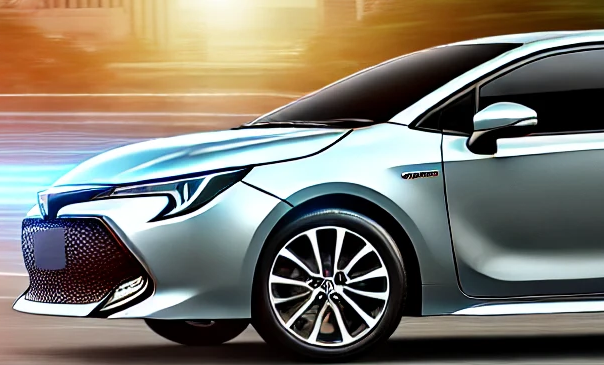
History of the Toyota Corolla
When the Corolla was launched in 1966, it was specifically created to meet the increasing demand for affordable and reliable cars.
Consequently, the model quickly gained popularity.
Over time, it became known for its impressive fuel efficiency and unbeatable durability, allowing it to dominate sales for decades.
As a result, the Corolla has maintained its leadership in the global automotive market.
Toyota Corolla Models Timeline
Toyota Corolla (E10) – 1966–1970
The Toyota Corolla E10 (1966–1970) was the first model in the Corolla lineup, designed to be an affordable and reliable family car. It featured a 1.1-liter engine and was available in various body styles, including sedans and a station wagon.
Its compact size and fuel efficiency made it popular in both Japan and international markets. By 1970
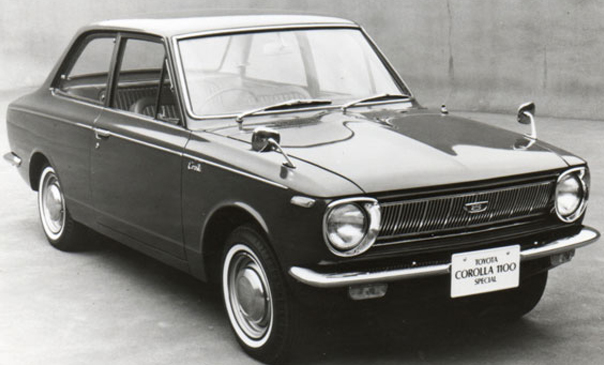
Corolla (E20) – 1970–1974
The Toyota Corolla E20 (1970–1974) was the second generation of the Corolla, introduced with improvements in design and performance. It featured larger engines, including a 1.2-liter and 1.6-liter option, offering more power than the previous model.
The E20 came in various body styles, including sedans, coupés, and wagons, making it versatile for different consumer needs.
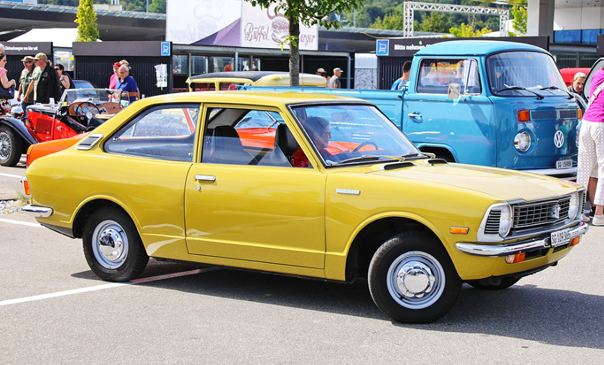
Corolla E30, E40, E50, and E60 (1974–1979)
Marked the third generation of the Corolla, introduced during the global fuel crisis. Offering more fuel-efficient engines, including 1.2-liter, 1.6-liter, and 1.8-liter options, this generation also featured a more modern design.
Available in various body styles, such as sedans, coupés, wagons, and liftbacks, it catered to diverse markets.
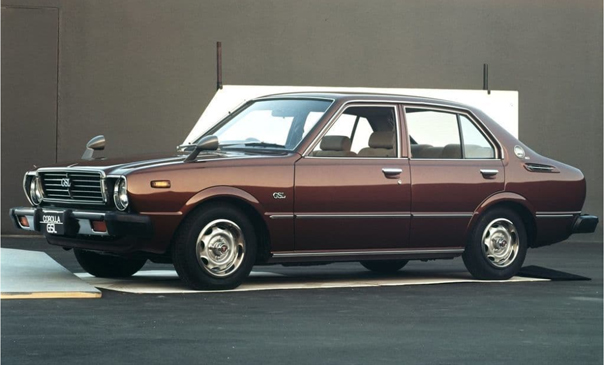
Corolla E70 (1979–1983)
Was the fourth generation of the Corolla, known for transitioning from a more rounded design to sharper, boxier lines. It featured 1.3-liter, 1.6-liter, and 1.8-liter engine options, focusing on improved performance and fuel efficiency.
The E70 was available in various body styles, including sedans, coupés, wagons, and liftbacks, catering to different market preferences.

Corolla (E80) – 1983–1987
Was the fifth generation of the Corolla, marking a significant shift to front-wheel drive for most models. It offered 1.3-liter, 1.6-liter, and 1.8-liter engines, with a focus on fuel efficiency and performance.
Available in sedans, coupés, hatchbacks, and wagons, the E80 also introduced more modern design and technology features, enhancing its appeal.
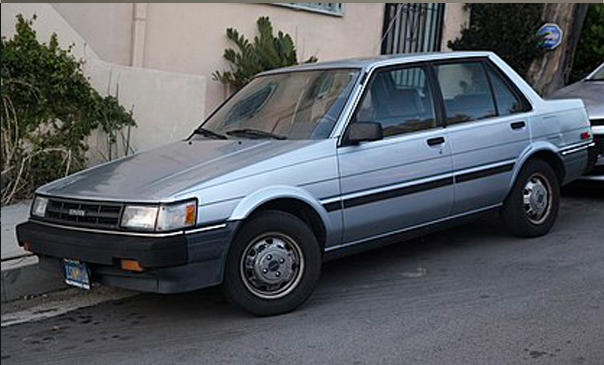
Corolla E90 (1987–1991)
Was the sixth generation of the Corolla, featuring a more aerodynamic design and refined engineering. It offered a range of engine options, including 1.3-liter, 1.6-liter, and 1.8-liter engines, with improved fuel efficiency and performance.
Available in sedans, hatchbacks, coupés, and wagons, the E90 catered to diverse markets.
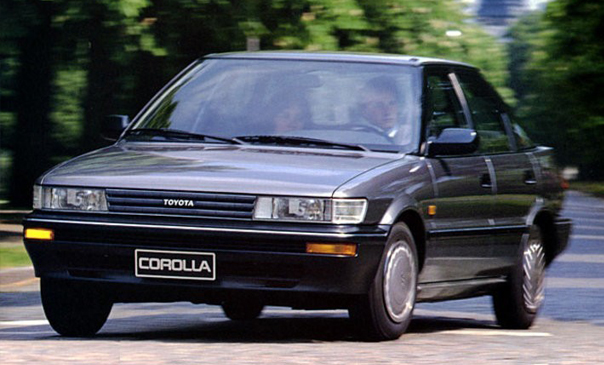
Corolla (E100) – 1991–1995
The Toyota Corolla E100 introduced a more rounded design and improved interior comfort. It offered 1.3-liter, 1.6-liter, and 1.8-liter engines, with a focus on safety and fuel efficiency.
Available in various body styles, it continued to grow in popularity worldwide.
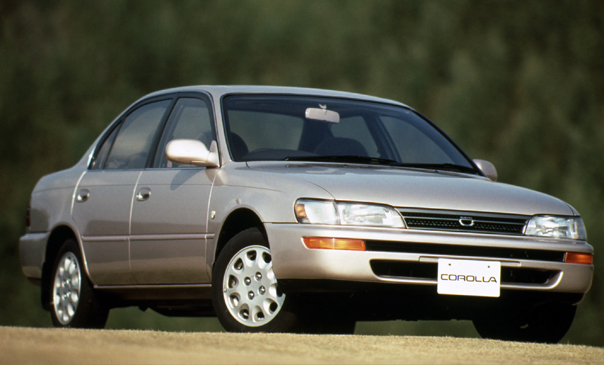
Corolla (E110) – 1995–2000
The Toyota Corolla E110 maintained the rounded design but included upgrades in safety features and performance.
It offered engines up to 1.8 liters and remained a top choice for reliability and affordability globally.
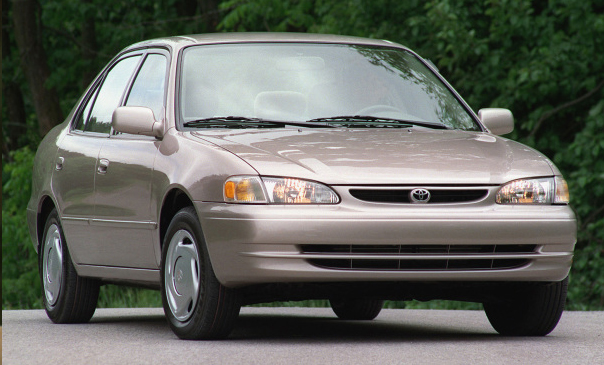
Corolla (E120, E130) – 2000–2006
The Toyota Corolla E120/E130 adopted a more modern, angular design and introduced new technology features. It focused on comfort and efficiency, with a range of 1.4-liter to 1.8-liter engines.
This generation became one of the best-selling worldwide.
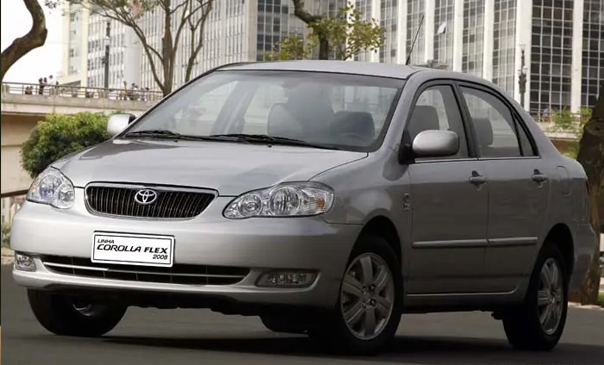
Corolla (E140, E150) – 2006–2013
The Toyota Corolla E140/E150 introduced a more refined design and improved handling. With engines ranging from 1.3-liter to 2.0-liter, it emphasized fuel efficiency, advanced safety, and modern features, reinforcing its global success.
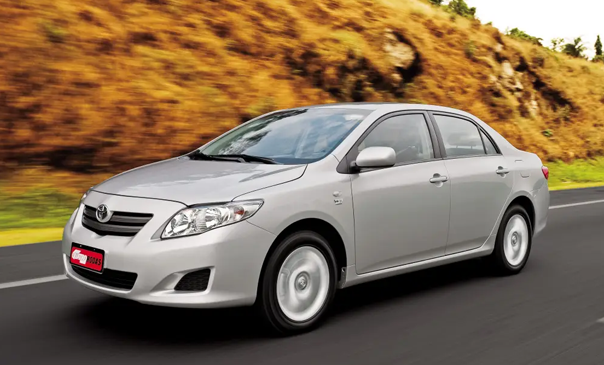
Toyota Corolla (E160, E170, E180) – 2013–2018
The Toyota Corolla E160/E170/E180 featured a more dynamic and stylish exterior, with enhanced interior technology. It offered hybrid options for the first time, boosting its eco-friendly appeal.
Engines ranged from 1.3-liter to 2.0-liter, attracting a wider audience.

Toyota Corolla (E210) – 2018–Present
The Toyota Corolla E210 represents the twelfth generation, with a sleek design, cutting-edge technology, and a focus on hybrid and fuel-efficient models.
Available in 1.8-liter and 2.0-liter engines, it continues to dominate global sales, with a strong emphasis on sustainability and advanced safety features.
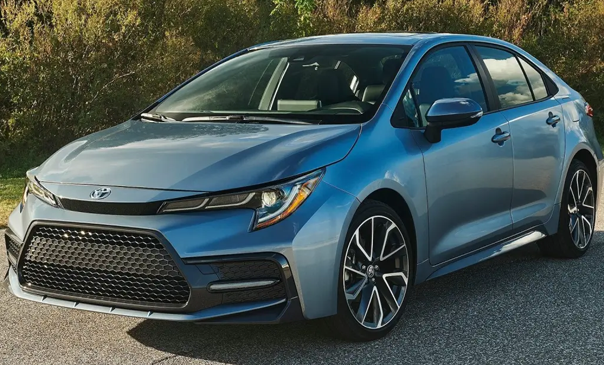
Toyota Corolla: The best choice
In summary, the Toyota Corolla has firmly established itself as a cornerstone of the automotive industry, renowned for its reliability, efficiency, and continuous innovation.
From its early beginnings as an affordable and dependable car to its current status as a leader in sustainability and technology, the Corolla has evolved to meet the changing demands of drivers around the world.
As we look to the future, with advancements like autonomous driving and electric models on the horizon, the Toyota Corolla is set to remain a dominant force in the market, inspiring curiosity and admiration for generations to come.